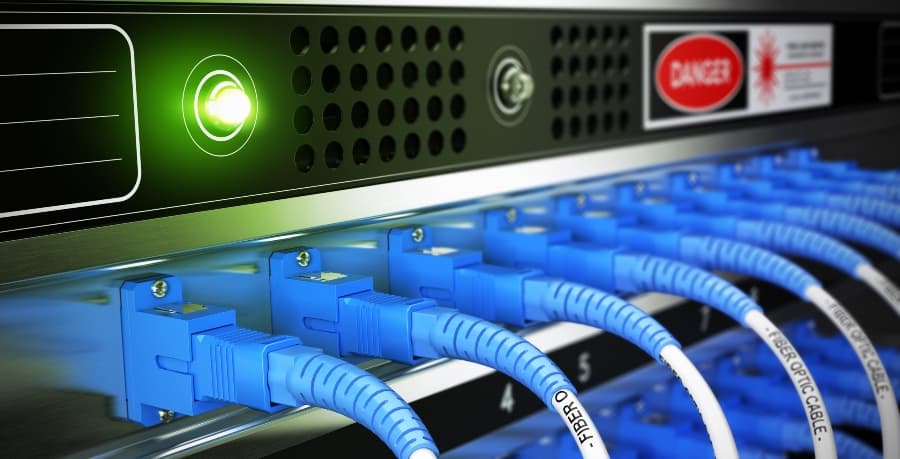
Netgear Switch: The Ultimate Guide to Expertise, Experience, Authority, and Trustworthiness
Despite its convenience, a wireless network, or Wi-Fi, can never beat a wired network in terms of performance, security, and reliability. Yet, regardless of which one you use, you can only connect so many devices before the network’s performance is affected by the lack of network bandwidth and network collision.
To alleviate issues such as the lack of network bandwidth and network collision, we recommend using Netgear Switch. In this article, we’ll discuss the aforementioned switches, what they are and how they work, their different types, and what are their main features and benefits. So, without further ado, let’s dive right in.
What are Netgear Switch?
Before we dive into what Netgear Switches are, we have to understand the issues they help address, mainly the network bandwidth and network collision issues.
- Network bandwidth refers to the maximum rate of transmitted information or data through an acquired path. The base unit of measurement is bits-per-second (bps), but transfers in modern systems usually transmit a lot of data, which is why megabits-per-second (Mbps) and gigabits-per-second (Gbps) are used.
- Network collisions, on the other hand, happen when several devices try to transmit data through the same acquired path on a shared network. The data packets collide, which results in a conflict between the devices on the network, loss of data, or a decrease in network performance.
Network switches solve these problems by acting like sort of bridges that connect multiple devices using Ethernet cables. Most devices only have one ethernet port, meaning that you can basically connect only two devices with one another using a peer-to-peer connection.
But let’s assume that your home or business has more than two computers that share a printer and require a physical connection to the internet. That’s hardly going to fit through one Ethernet port. That’s where switches come in handy.
They have built-in routing capabilities that allow devices to connect to the internet when necessary and to communicate and send data to one another without causing network collisions and bandwidth issues.
Different Types of Netgear Switches
There are several different types of Netgear Switches:
Managed Netgear Switches — these allow users to manually manage, monitor, and arrange their network by configuring the ports on the switch to a certain preference.
Unmanaged Netgear Switches — These are typically plug-and-play switches that allow various devices to communicate and send data in the most basic way.
Netgear Smart Switch — these are more advanced than regular switches, as they come with an accompanying smartphone app that allows users to monitor and manage their network via smartphone.
Netgear POE Switches — POE capabilities associated with these switches mean that the DC power used to power other IoT devices is now supplied through the Ethernet cable itself.
You can read more about Poe Switch here.
The Features and Benefits of Netgear Switches
Besides the obvious benefits of resolving network bandwidth limitations and network collision, Netgear switches have plenty of other benefits and features. For example, they’re competitively priced compared to other options available on the market, which makes them perfect for home and small business users.
Most of these switches are plug-and-play devices that are exceptionally easy to set up—no programming or configuration is needed. However, additional configuration is possible if necessary. For example, some devices offer QoS (Quality of Service), which allows users to prioritize network traffic and secure enough bandwidth for critical apps and services.
Besides offering Gigabit speeds, which are actually great for modern entertainment, such as online gaming, video streaming, and file sharing, many Netgear switches also offer POE support. This allows you to power low-power devices such as IP cameras and wireless access points directly from the switch, eliminating the need for a separate power supply in the process.
Frequently Asked Questions
Here are some of the most frequently asked questions regarding Netgear switches:
Q:What are Netgear switches used for?
A:Netgear switches are used to connect multiple devices on a home network, thus allowing them to communicate with each other and share certain resources.
Q:How do I choose the right Netgear switch?
A:Choosing the right switch depends on the speed and the number of ports you need.
Q:What is the warranty on Netgear switches?
A:The manufacturer’s warranty on Netgear switches depends on the model and the country in which the switch is purchased.